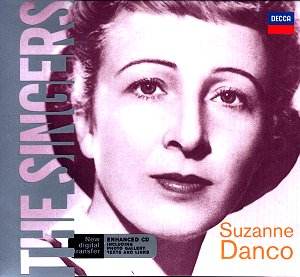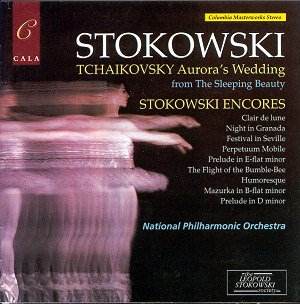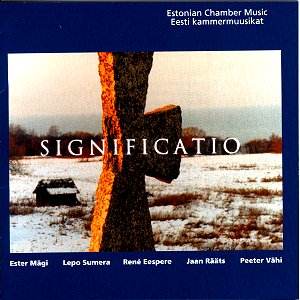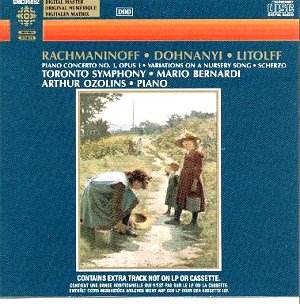 Composer: Suzanne Danco
Composer: Suzanne Danco
Works: 1. Henry Purcell: When I am laid in earth (Dido and Aeneas)
2. Christoph Willibald Gluck: Divinités du Styx (Alceste)
3. Wolfgang Amadeus Mozart: Voi che sapete (Le Nozze di Figaro), Come scoglio (Cosi fan tutte)
4. Giuseppe Verdi: Ah, fors’e lui (La Traviata)
5. Jules Massenet: Adieu, notre petite table (Manon)
6. Georges Bizet: Je dis que rien ne m’épouvante (Carmen)
7. Gustave Charpentier: Depuis le jour (Louise)
8. Richard Strauss: Morgen, Op. 27, No. 4; Ständchen, Op. 17, No. 2; Traum durch die Dämmerung, Op. 29, No. 1; Zueignung, Op. 10, No.1; Freundliche Vision, Op. 48, No.1
9. Claude Debussy: Ariettes oubliées
Performers: Suzanne Danco (soprano), Guido Agosti (piano), L’Orchestre de la Suisse Romande conducted by Alberto Erede, Orchestra del Teatro alla Scala conducted by Jonel Perlea
Recording: Victoria Hall, Geneva (April 1950; July 1947; October 1952), Decca Studios, West Hampstead, London (December 1950)
Label: Decca
The recent release celebrating the artistry of Belgian soprano Suzanne Danco through Decca’s The Singers series is a compelling tribute to a vocal talent whose contributions have shaped the operatic landscape of the 20th century. Danco, whose career flourished in the mid-20th century, is revered for her elegant phrasing and technical prowess. This collection, featuring a selection of operatic arias and lieder, illuminates her exceptional ability to navigate the emotional landscapes of her repertoire, from English Baroque to late Romantic French and German song.
Danco’s interpretation of Purcell’s “When I am laid in earth” is a study in poise, though the tempo may feel languid to some listeners. Her ability to spin a line with exquisite control is evident, as she imbues the aria with a haunting quality that transcends the slow pace. In contrast, her performance of Gluck’s “Divinités du Styx” showcases a dramatic flair, with a commanding presence that captures the listener’s attention. The contrasts in her interpretations reflect a deep understanding of character and context, particularly in the Verdi excerpt, where she executes “Ah, fors’e lui” with sovereign phrasing, though one might note a lack of the Italianate warmth that characterizes the finest interpretations—a point echoed in Alan Blyth’s insightful commentary.
The selections from French opera highlight Danco’s affinity for this repertoire. Her portrayal of Massenet’s Manon is deeply affecting, articulating both ardor and pathos with remarkable sensitivity. The aria from Bizet’s Carmen demonstrates her ability to convey defiance and resolve, while Charpentier’s “Depuis le jour” is rendered with a ravishing luminosity that encapsulates the essence of the character. Danco’s mastery in French song culminates in the Strauss selections, where her floating of the line in “Morgen” is particularly enchanting, contrasting effectively with the more vigorous “Ständchen.” Each phrase reveals layers of emotion and nuance, culminating in an ecstatic climax in “Zueignung,” which exemplifies her interpretive depth.
The engineering behind this recording presents a mixed landscape. While the voice consistently shines through, the orchestral sound exhibits some limitations of the era’s recording technology. The upper strings and oboes occasionally come across as thin and acidic, particularly in the Mozart tracks, reflecting the disparities in sound quality that can detract from the overall experience. Such inconsistencies can be jarring, especially when juxtaposed with Danco’s rich vocal timbre and the superb artistry of her interpretations. The lieder, accompanied by Guido Agosti, fare somewhat better in terms of sound quality, though the piano’s upper registers possess a clangy quality that could benefit from a more nuanced engineering approach.
This release not only honors the legacy of Suzanne Danco but also serves as an important documentation of her artistry. While the recorded sound does not always do justice to her remarkable talents, the performances themselves are compelling, revealing a singer deeply attuned to the emotional core of her repertoire. Danco’s artistry is a reminder of the power of voice to convey complex emotions, making this collection a valuable addition for both collectors and those newly discovering her work. The overall musicality and interpretive insights make a strong case for Danco’s enduring status as one of the century’s finest singers.



